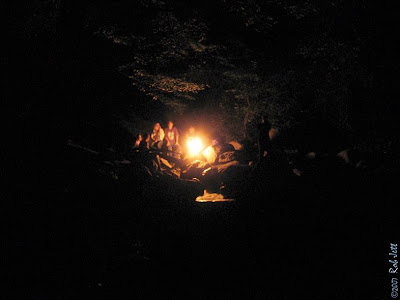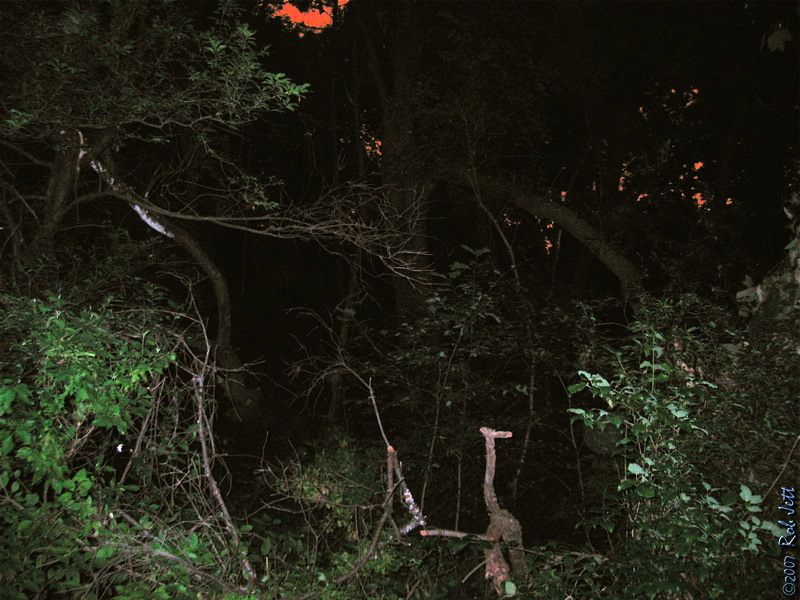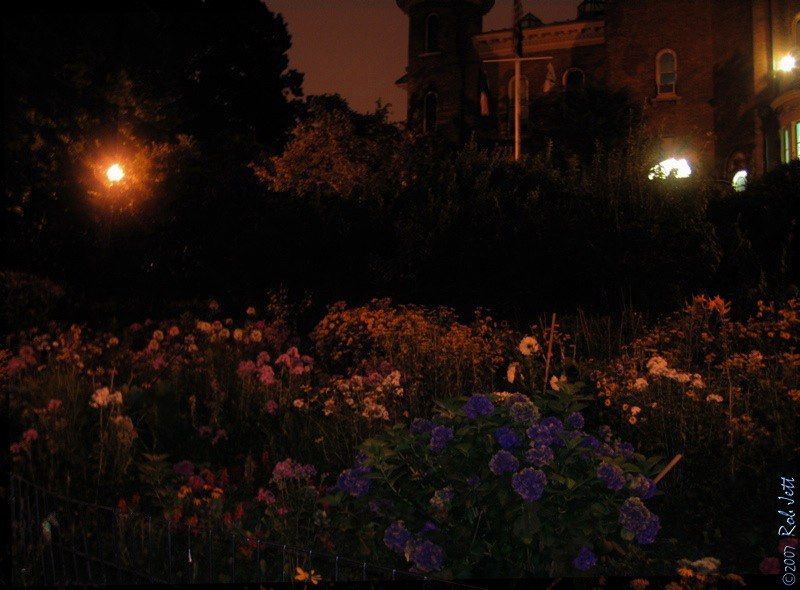More on Tom Davis and early birding in NYC
John Askildsen just sent me a great email about Tom Davis. Rather than placing it in the comments sections of the 08/21 entry, I thought that it should be in a separate posting.
"My memories of Tom go back to when I was in my teens. The New York birding community was quite small then, relative to what it is today. Of course everyone knew Tom and of his tremendous birding skills. He was the voice of the New York City Rare Bird Alerts, and really in some ways, the voice of the entire birding community in the NYC area.
I had the opportunity to go birding together with Tom Davis and Tom Burke on several occasions when I was in my formative years. As a young birder, I viewed these experiences as very special ones. Being in the presence of, and learning from Tom Davis, Tom Burke, Barbara Spencer, Tony Lauro and Paul Buckley, among others, enriched my birding experience greatly and fostered within me what is today my great passion and love of birds and bird observation.
As others on this blog have pointed out, Tom worked for New York Telephone Co. as a Central Office Technician. While working in the C.O. mainframe, Tom contacted his birding colleagues across the country in order to see what was around at that very moment, all courtesy of NY Tel. He also set up conference calls among birders, to plan last minute rare bird car chases. Besides Tom Davis, I think conference calls in those days were only reserved for corporate leaders and U.S. Presidents! In addition, back in those days before the advent of the Internet, cell phones, blackberries, PDAs, etc., getting up to the minute bird info like this was worth its weight in gold. The only way information was broadcast was via Rare Bird Alert recordings. It was all great fun.
Tom was also a great kidder. Below are a few of the goodies:
I remember one time when a woman brought in an ailing, chemical-coated Ring-billed Gull, to Jamaica Bay Wildlife Refuge headquarters. With great concern and compassion on her face, the woman asked us what could be done for the poor thing. Tom responded by telling the woman that the best thing to do for it was to mix two eggs with some herbs and a dash of table salt in a large bowl, placing the gull into the mixture for a couple of hours, letting the bird really soak in the mix. Tom went on further to say to the woman, who was now carefully listening and taking notes, to then remove the bird from the mix and place it in a shallow pan, placing it into a 325 degree oven for about an hour. The woman was mortified. We were hysterical.
If I recall correctly, there were two back-to-back years of Sharp-tailed Sandpiper at Jamaica Bay in the late 70's or early 80's. Tom either found, or at least saw both birds. The first bird he wrote up quite nicely for NYSARC and it was accepted into the records. It may have been a first state record. Tom's second report he wrote for the following year's Sharp-tail record went something like "Same as the last bird, one year later". Tom’s report was canned! He was big, but not bigger than NYSARC !
On one of those famous Federation pelagics in the 1970's, I recall it was really hot and everyone was sick and spread out on the boat. The seas were flat and there were few birds to be found. There was a woman sitting next to me who had a sage-green complexion the entire day. She could not drink or eat anything. At one point, having perked up a bit, she decided to eat a bit of lunch. At that very moment, I remember Tom began yelling SKUA, SKUA! He raced to the edge of the boat where a South Polar Skua was working its way towards us. With his camera in hand, Tom grabbed the woman’s tuna sandwich practically right out of her hand and winged it out at the skua. That was my life and more importantly, first NYS South Polar Skua. I think that somewhere in the NYSARC archives there is a picture of a skua chomping down on that tuna sandwich.
Shortly before Tom was struck down by a cerebral hemorrhage, I believe he had just recently returned from Venezuela. He phoned me regarding some shorebird records for Jamaica Bay and we talked about his trip. I remember him saying to me that if I did anything, before I go birding across the U.S., I really should bird the American tropics first, as they were going fast and so was its birdlife. He described to me in detail, the seemingly unimaginable birds he saw down there. I never forgot that conversation and I recalled it on my first trip to the neotropics some years ago.
In his final years, I recall that sadly, Tom started to give up on the constant struggle that was his new life. It was no longer enjoyable for him, not being able to stalk shorebirds, with his camera in hand, in the marshes of the bay he loved so much or not being able to enjoy the camaraderie of his birding friends along side of him. Out of necessity, Tom spent many of his final days in a nursing home somewhere in the Rockaways. I cannot imagine what it was like for him to look out over the marshes that were once his home, that he knew were no longer within his reach, forever.
Tom Davis was a talented person with a passion for life and the natural world. When Tom left us, there was a large void in the birding community that could not be filled and really never has been to this day. This void was really felt by everyone at the time. Trips to Jamaica Bay were very different for everyone after Tom's passing. And while I did not know Tom as well as Tom Burke, Tony Lauro and others did, I too felt the loss and do so today. As I wandered through the new visitor's center at "the Bay" two weeks ago, my mind wandered to Tom as I thought about what he might say about it."
John Askildsen
Millbrook, New York































































